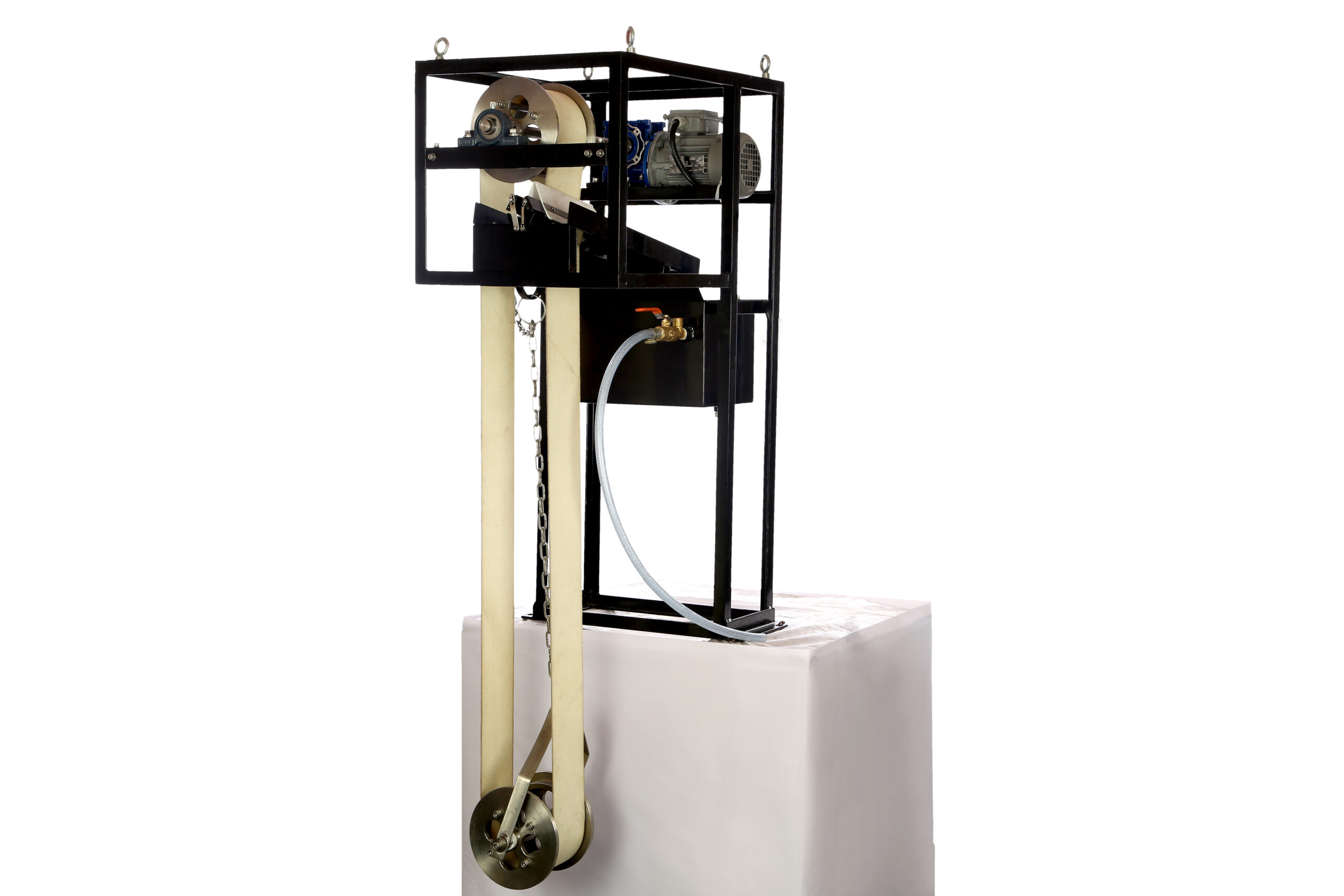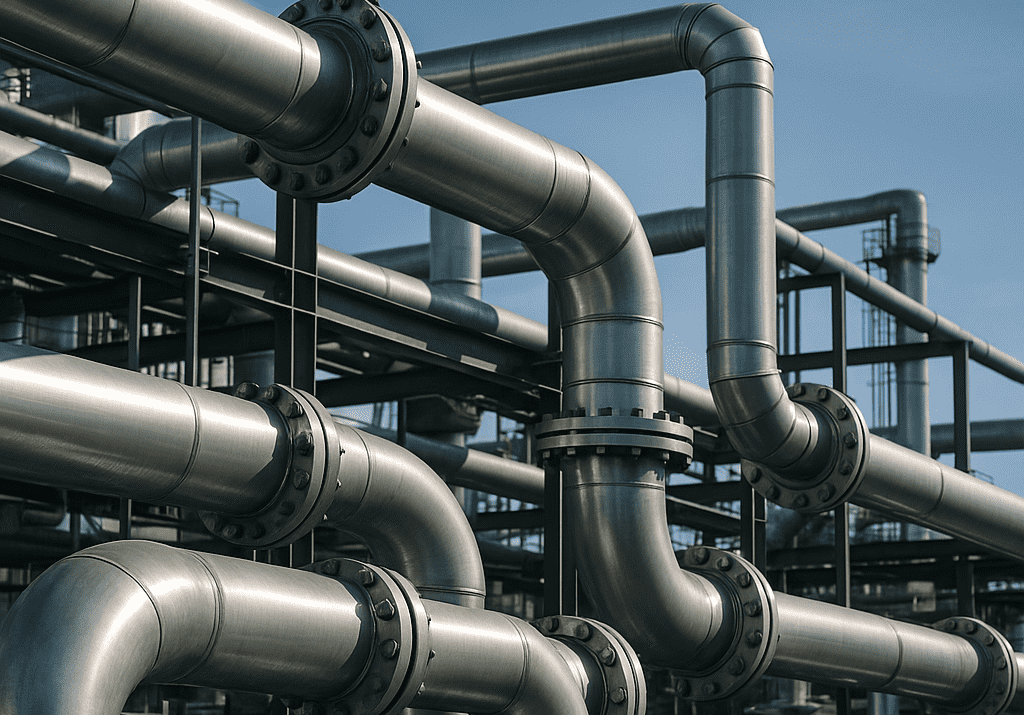Belt Oil Skimmer – Working, Selection & Performance Guide

Oil Skimmers are the most economical, eco-friendly, and efficient equipment to remove surface oil from oceans, effluent treatment, coolant machinery, etc.
As we are aware oil skimmer, an oil separation machine finds application in various industries. In demanding situations, oil skimmers help in reducing the treatment cost by removing most of the oil before deploying costly treatments such as chemical processes.
How do Belt Oil Skimmers Work?
Belt oil skimmer efficiently removes oil from the surface of oily effluent. It works on the principle of the difference in surface tension of oil and water. A rotating endless oleophilic belt passes through the oily effluent, which breaks the surface tension of the water to attract and collect the floating oil. The belt is passed through a set of wiper blades where the oil is wiped off from both sides of the belt.
How to Choose a Belt-Type Oil Skimmer?
The primary criterion while selecting a belt oil skimmer is the removal capacity. Do note that the removal capacity is not dependent on the belt length. Select a length that ensures contact with liquid at its lowest level. Mounting of the skimmer is also an important aspect hence make a note of the location convenient to access for routine servicing. Always deploy a belt-type skimmer that is appropriate to the application.
How to Ensure Optimum Performance?
To ensure that the belt oil skimmer performs at an optimum level which helps reduce cost and improve process efficiency we must make sure that the equipment functions properly. Here are a few important points to be noted.
1. Capacity check
An oil skimmer’s removal capacity should match the amount of oil that is generated. For example, a small oil skimmer should not be used to remove oil from an oil spill.
2. Shape
In case the collection tank is irregular in shape, install the oil skimmer where the most considerable amount of oil collects. Consider a means of directing oil towards the oil skimmer, such as a baffle plate.
3. Turbulence
Oil and water can emulsify when subjected to turbulence. Ensure operation at quiet times when the oil floats on the surface of the liquid.
4. Time
Time the oil skimming operation. Run the unit in presence of oil
5. Belt position
Belt oil skimmers should be located opposite the inflow, and the tail pulley should be submerged two inches below the surface.
6. Pulley & belt position
For effective recovery, the pulley should be mounted at a level that maintains the belt on track over the pulley
7. Wiper position
The proper position of wiper blades is vital to ensure greater efficiency. Over-tightened wiper blades cause premature wear off. Under-tightening leads to poor recovery, as the oil collected by the belt is not fully recovered.
8. Keep a spare belt and wiper blades on hand.
To ensure optimum performance, always keep spare belts and wiper blades readily available for quick replacements when needed.
9. Seek support from technical expert
The above easy selection and performance criteria will help you improve process efficiency and reduce cost. Now you can make sure that you get the most out of the belt oil skimmer.
Frequently Asked Questions(FAQs)
Q1. What are the benefits of using oil water separators?
A. Oil water separators offer three key advantages: environmental compliance by removing oil and contaminants, pollution prevention by reducing spill risks, and cost savings through equipment preservation and reduced disposal expenses.
Q2.What are the main purposes of using sluice gates?
A. Sluice gates are primarily used for controlling the flow of water in canals, rivers, and wastewater systems, regulating water levels for irrigation, flood control, navigation, and water treatment processes.
Q3. What are the benefits of using a mechanical bar screen in wastewater treatment?
A. Using a mechanical bar screen in wastewater treatment offers benefits such as efficient removal of large debris, reducing the risk of clogs and damage to downstream equipment, while also being low-maintenance and reliable.





